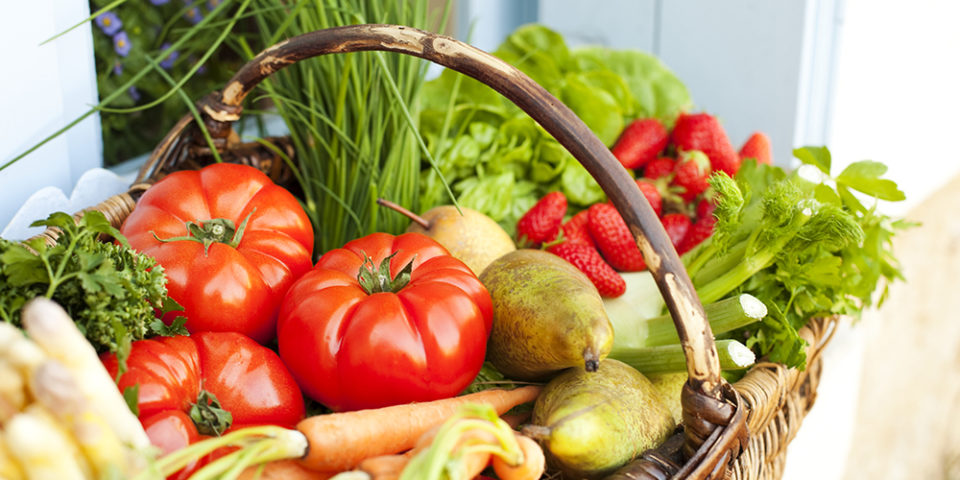5 tips on how to get more fruits and vegetables in your diet
According to the United States Department of Agriculture (USDA), more than 90% of adults and children do not consume the recommended amount of fruits and vegetables. Dietitian Lisa Akly offered a few tips on how to get more fruits and vegetables into your diet.
How many fruits and veggies should you eat?
Your age, gender and level of physical activity determine how many fruits and vegetables you should eat. In general, the American Heart Association recommends aiming for four to five fruit and vegetable servings each day. One serving ranges from ½ cup to 1 cup.
How to get more fruits and vegetables in your diet? Start with these tips
Here are five ways you can get started on making those fruits and vegetables part of your meal routine.
- Choose fresh, frozen or canned. Fruits and vegetables are freshest and least expensive when they are in season. When they’re not in season, you can stock up on frozen fruits and frozen plain vegetables (no added sauces or seasonings). When choosing canned fruit, select those in their own juices rather than syrup. Look for canned vegetables that are “low sodium,” “reduced sodium,” or “no salt added.” Rinsing off canned vegetables also reduces the sodium.
- Keep it colorful. Fruits and vegetables come in a variety of colors and nutrient content. Do your best to consume fruits and vegetables of all colors. Your plate will look appealing, and you will be certain to obtain a wide variety of nutrients.
- Sneak it in. Add fruit and vegetables to foods you love. Try adding cooked peas or broccoli to macaroni and cheese. Load that sandwich with veggies such as lettuce, tomatoes, cucumbers and onions. Top a plate of fresh spinach with even more veggies such as carrots or sweet peppers for a delicious salad.
- Mix them up. Mix vegetables in with pasta sauces, lasagnas, casseroles, soups and omelets. Combine fresh or frozen berries into pancakes, waffles or muffins as another great way to make fruits and veggies a part of every meal. When baking a cake, add unsweetened applesauce or canned pumpkin in place of some of the oil in the recipe.
- Vary your cooking method. Try roasting vegetables. Cauliflower, broccoli, brussels sprouts, asparagus, green beans, okra, carrots, tomatoes, squash and eggplant are many examples of vegetables that do well roasted. Roasting enhances their natural sweetness and reduces bitterness. Boiling on the stove is another quick way to cook corn, cabbage and potatoes. Most frozen vegetables steam right in the microwave so you can have a vegetable on your table in less than five minutes.
Find the care you need, close to home
Our primary care physicians provide well visits and everyday care when you need it with compassion and expertise.
Find Primary Care Near You

